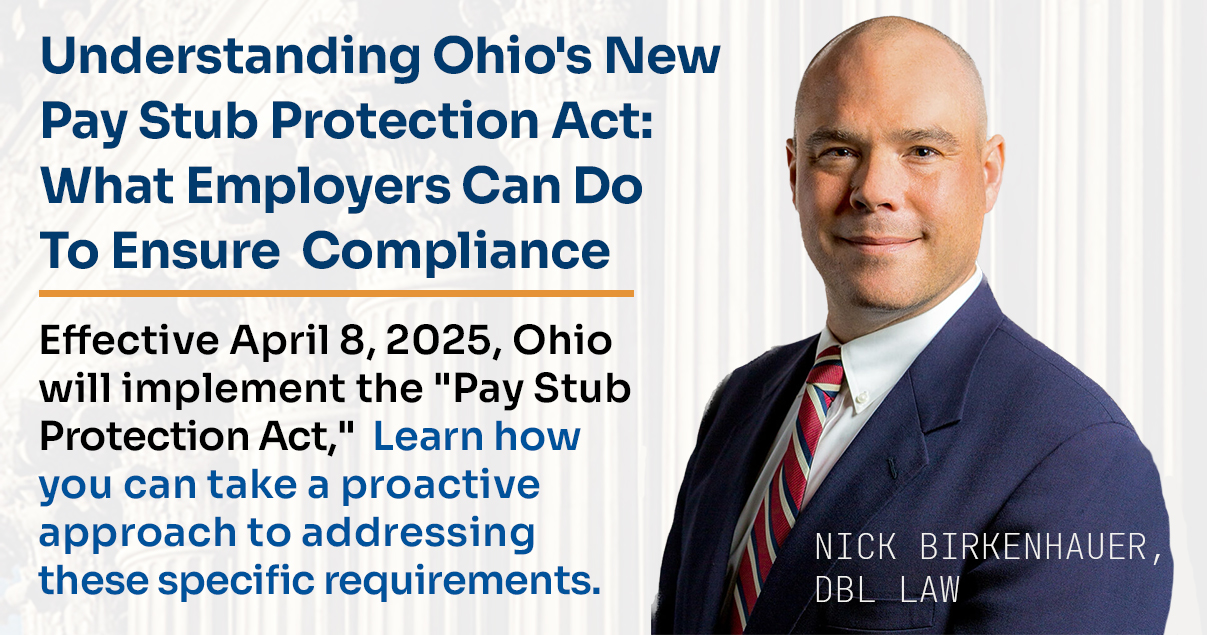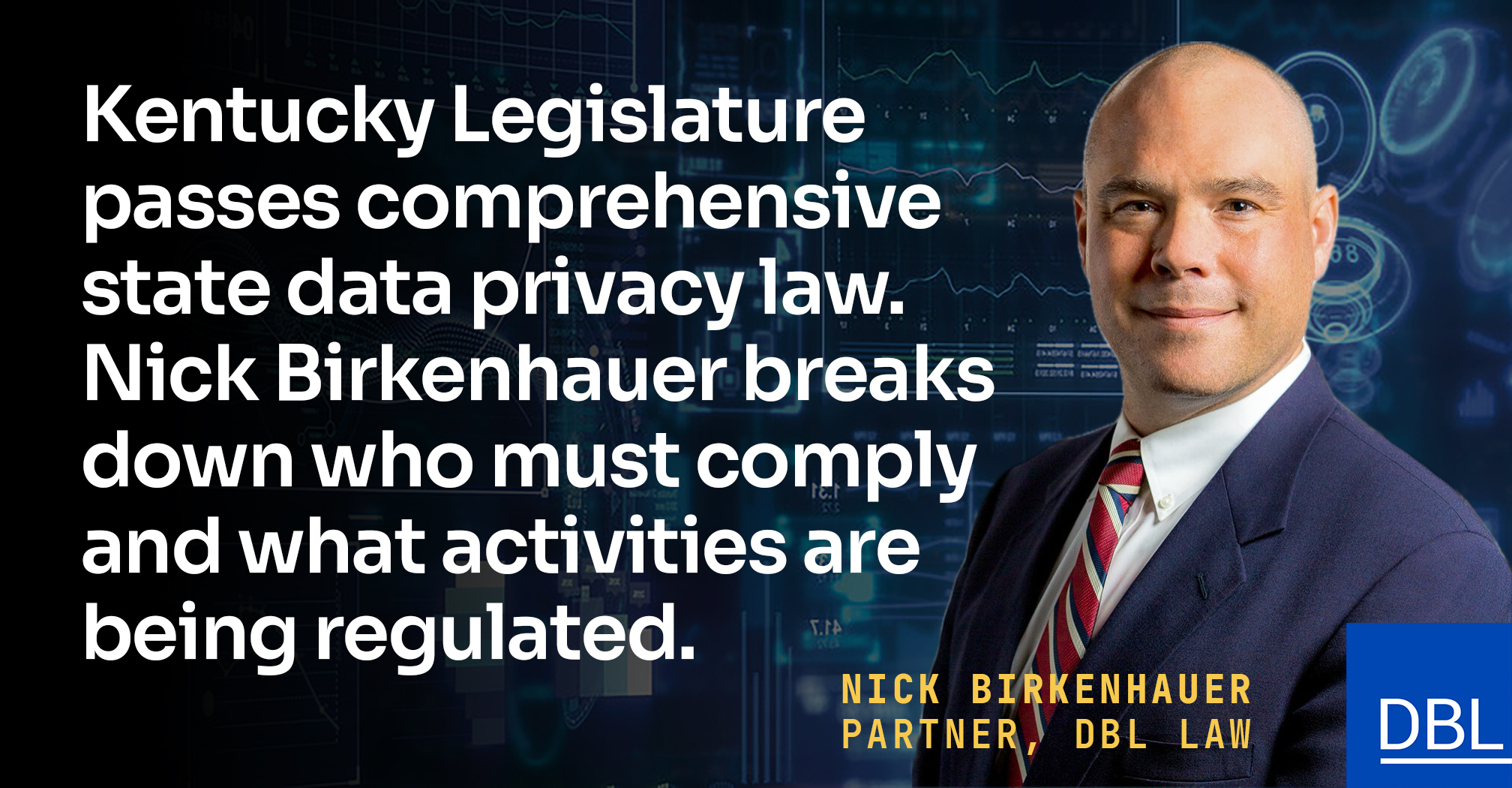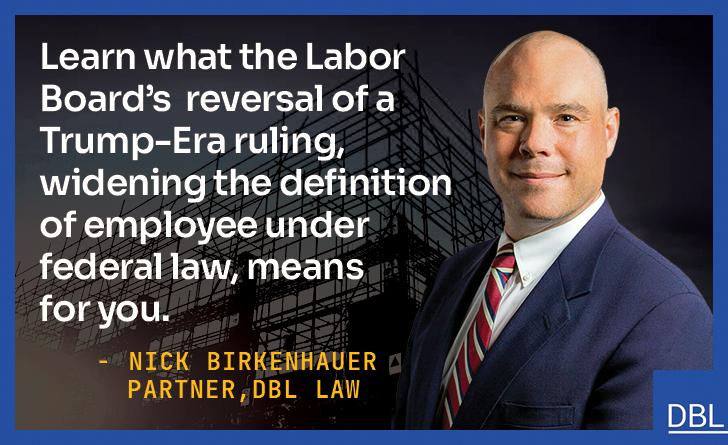On September 11th, the Department of Labor (DOL) posted revisions to regulations that implemented the paid sick leave and expanded family and medical leave provisions of the Families First Coronavirus Response Act (FFCRA), a law first enacted in April to provide special leave benefits to certain employees affected by the coronavirus pandemic. The FFCRA generally applies to employers with less than 500 employees.
The revisions made by the new rule clarify workers’ rights and employers’ responsibilities under the FFCRA’s paid leave provisions, in light of a New York court’s August decision that found portions of the original regulations invalid.
The revisions, which become effective on September 16th, have the following effect:
- Reaffirm and provide additional explanation for the requirement that employees may take FFCRA leave only if work would otherwise be available to them.
- Reaffirm and provide additional explanation for the requirement that an employee have employer approval to take FFCRA leave intermittently.
- Revise the definition of “healthcare provider” to include only employees who meet the definition of that term under the Family and Medical Leave Act regulations or who are employed to provide diagnostic services, preventative services, treatment services or other services that are integrated with and necessary to the provision of patient care which, if not provided, would adversely impact patient care.
- Clarify that employees must provide required documentation supporting their need for FFCRA leave to their employers as soon as practicable.
- Correct an inconsistency regarding when employees may be required to provide notice of a need to take expanded family and medical leave to their employers.
Healthcare facilities and providers especially should note the revision to the FFCRA’s “Healthcare Provider Exemption.” In this new rule, the DOL has backtracked from its original broad definition of “health care provider,” under which virtually any employee of any entity providing healthcare services was exempt from the FFCRA. The term “health care provider” is now defined more narrowly, and includes the traditional health care providers under the FMLA, as well as “other employees who are employed to provide diagnostic services, preventive services, treatment services, or other services that are integrated with and necessary to the provision of patient care.” The DOL further indicated that the following types of employees are included within the new definition: (1) nurses, nurse assistants, medical technicians, and any other persons who directly provide the aforementioned medical care; (2) employees who directly assist or are supervised by the direct care providers; and (3) employees who do not provide direct health care services to a patient but are otherwise integrated into and necessary to the provision of health care services, such as laboratory technicians who process test results necessary to diagnoses and treatment.





